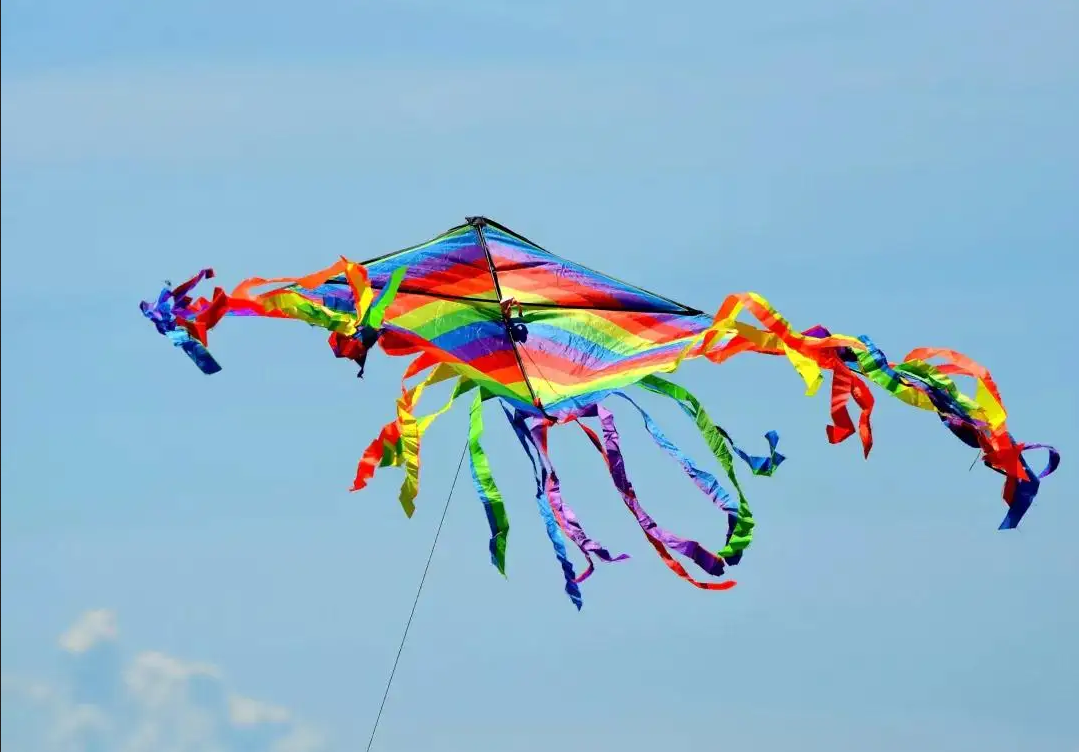In ancient China, kites were utilized for various purposes, ranging from practical applications to cultural and recreational activities. Here are some of the key uses of kites in ancient China:
Military Uses
Surveillance and Communication:
Kites were used to send messages and measure distances during military operations. For instance, during the Han Dynasty (circa 200 BC), General Han Hsin used a kite to measure the distance his troops needed to tunnel to breach a city’s defenses.
Psychological Warfare:
Kites equipped with harps or whistles were flown over enemy camps to produce eerie sounds, causing fear and confusion among enemy troops.
Transport:
Large kites were sometimes used to carry warriors armed with bows and arrows over enemy lines, providing a tactical advantage during battles.
Recreational and Cultural Uses
Festivals and Celebrations:
By the Tang Dynasty (618-907 AD), kites became popular among the general populace. They were flown during festivals and gatherings, often decorated in vibrant colors and intricate designs, symbolizing good luck and other cultural beliefs.
Spiritual and Superstitious Practices:
Kites were used in religious ceremonies to drive off bad luck and evil spirits. They were flown with the intention of ensuring good health and prosperity. For example, during the Qing Dynasty (1644–1912), kites would be flown and their strings released ceremonially to ward off bad luck.
Kites in ancient China were not merely toys or decorative items; they had a profound impact on various aspects of life, from military strategy to cultural practices.
